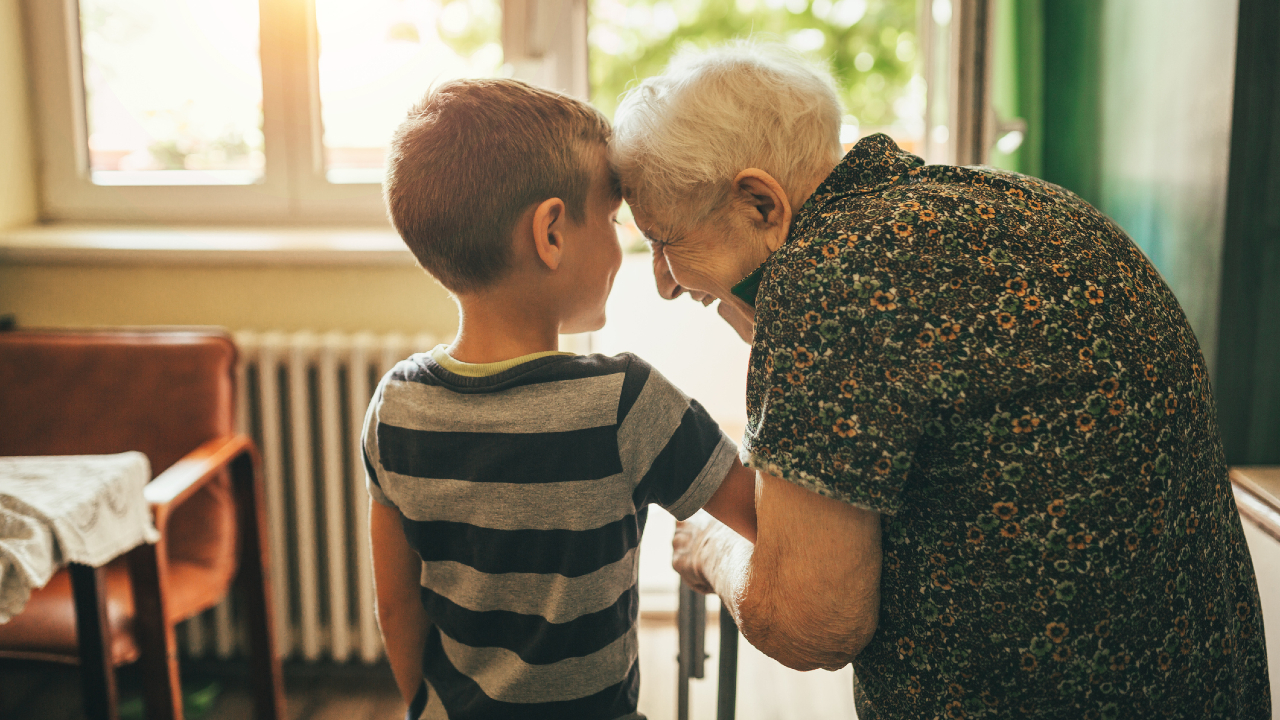Parents who are new to babywearing often wonder how long can you carry a baby in a carrier?”. While babywearing can be a great way to bond with your baby and keep them close, it’s important to know when it’s time to take a break carry baby around.
According to Upside Dad, a general rule of thumb is that a baby should not spend more than two hours in a carrier. However, the actual length of the time spent there will depend on several factors, including the carrier used, your baby’s age, strength, and the situation at hand. It’s essential to pay attention to your baby’s cues and take breaks as needed to ensure their comfort and safety.
Before using a baby carrier, it’s crucial to know some basic safety guidelines. Ergobaby recommends that parents wait until their baby is at least seven pounds before using a carrier. Additionally, babies who are younger than four to six months old should only be carried in inward-facing positions with proper head, neck, and healthy hip positioning, and bottom support. As your baby grows and develops, you can adjust the carrier to accommodate your baby meets their changing needs.
Understanding Baby Carriers
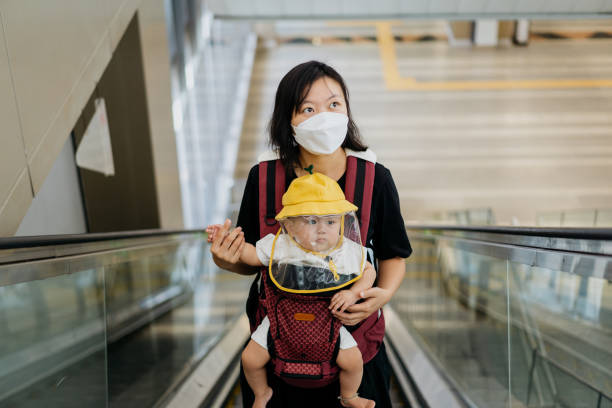
Baby carriers are a popular way to keep your baby close and comfortable while you go about your day. There are several types of carriers available, including slings, wraps, ring slings, soft structured carriers, and backpacks. Each type of carrier has its own set of features and benefits, so it’s important to choose the right one for you and your baby.
Types of Carriers
Ring Slings

Ring slings are similar to slings, but they use a metal or plastic ring to adjust the sling or fabric instead of tying it. Ring slings are quick and easy to adjust, making them a popular choice for parents who need to get their baby in and out of the sling or the carrier quickly.
Wraps

Wraps baby naps are similar to other baby slings, in that they are made of a long piece of fabric, but they are wrapped around both the wearer’s body and the baby. Wraps baby slings can be used from birth up to toddlerhood, and they provide excellent support for the baby’s head, neck, and spine.
Soft Structured Carriers
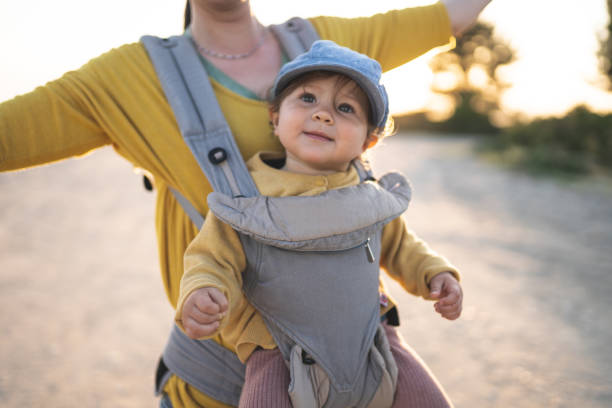
Soft structured carriers are more structured than baby slings on, wraps, and ring slings. They typically have padded straps and a waistband for added support and comfort. Soft structured carriers are great for longer, extended periods of wear, and they can be used from birth up to toddlerhood.
Backpacks
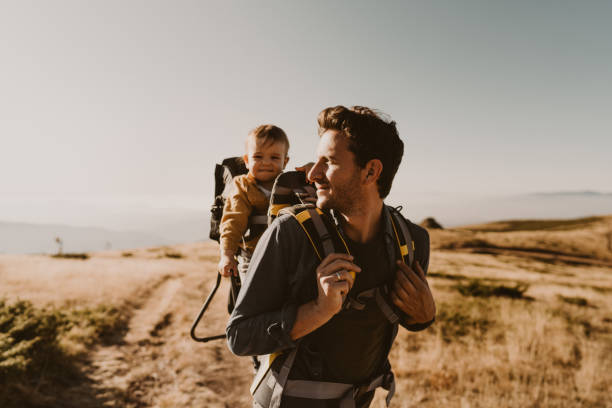
Backpacks are a popular type of carrier for older babies and toddlers. They are worn like a traditional backpack and provide excellent support for the baby’s back and neck. Backpacks are great for outdoor activities like hiking or walking on uneven terrain.
How Long Can You Carry a Baby in a Carrier?

The type of carrier you use, your baby’s age and weight, as well as your degree of comfort, all affect how long can you carry a baby in a carrier. Most infants in their first few months shouldn’t be carried for longer than two hours at a time. However, this can change based on the circumstance and the chosen carrier.
It’s important to pay attention to your baby’s cues while they are in the carrier. If your baby is uncomfortable or fussy, it may be time to take a break from the carrier. Additionally, it’s important to make sure that your baby’s airway is clear and unobstructed while they are in the carrier.
Overall, baby carriers can be a great way to keep your baby close and comfortable while you go about your day. With so many different types of carriers available, it’s important to choose the one that works best for you and your baby.
Safety Measures in Using Baby Carriers

When using a baby carrier, safety should always be the top priority. Improper use of baby carriers can pose risks to the the baby wearing it’s airway, breathing, and can lead to suffocation or overheating. It is important to follow safe babywearing practices to prevent these risks.
One of the main concerns when using a baby carrier is the risk of positional asphyxia. This occurs when a baby’s airway is blocked, leading to breathing difficulties or suffocation. To prevent this, parents should ensure that the baby’s airway is always clear and that the the baby’s face or chin is not pressed against their chest.
Another safety tip is to always check the carrier’s weight limit and ensure that the baby is within the recommended weight range. Parents should also ensure that the carrier is properly adjusted to fit the baby’s size and shape. This helps to prevent the baby from slipping out of the carrier or being positioned in a way that could cause harm.
Parents should also be mindful of the baby’s body temperature when using a carrier. Overheating can occur if the baby is dressed too warmly or if the carrier is too tight, preventing proper air circulation. It is important to dress the baby appropriately for the hot weather and to check for signs of overheating, such as sweating or flushed cheeks.
In addition to these safety measures, parents should also be aware of the potential risks associated with certain types of carriers. For example, some carriers may not provide adequate support for the baby’s head and neck, while others may not distribute the baby’s weight evenly, leading to discomfort or strain on the parent’s back.
Overall, by following these safety measures and using baby carriers responsibly, parents can ensure a safe and comfortable experience for both themselves and their baby.
Proper Positioning of Babies in Carriers
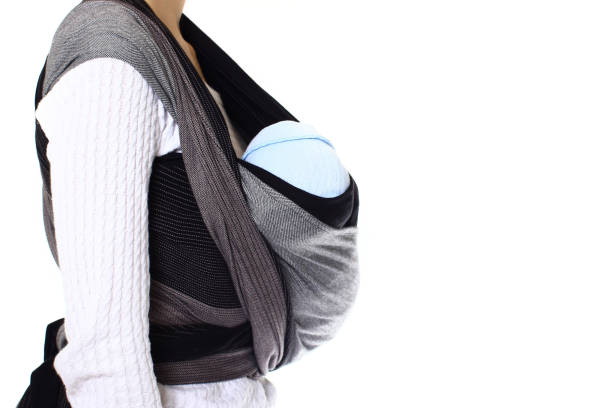
When carrying a baby in a carrier, it is important to ensure that the baby is positioned correctly to avoid any discomfort or a greater risk of of injury. The following guidelines should be followed to ensure proper positioning of babies in carriers:
Position

The baby should be positioned upright with their face visible and close enough to kiss. This position ensures that the baby’s airways are protected and that they have a clear view of their surroundings. The carrier should be snug enough to keep the baby in an upright position, preventing them from slumping down or falling to the side.
Head Support
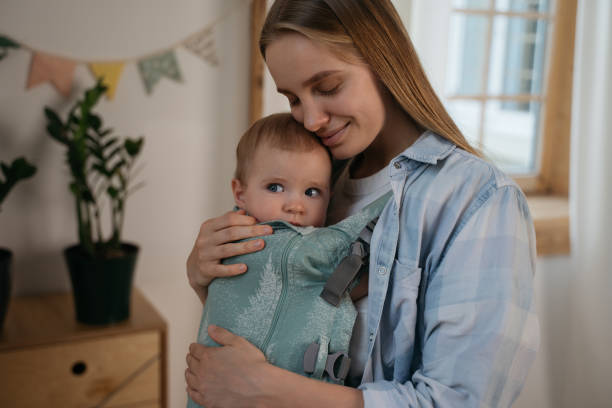
Newborns and young infants require head support to keep their head and neck stable. The carrier should provide adequate support for the baby’s head, ensuring that the infant insert head does not flop forward or to the side. The baby’s chin should not be tucked into their chest, as this can restrict their breathing.
Forward-Facing Position

When the baby is old enough to hold their head up steadily, usually between 4 and 6 months, they can be turned to face out in the carrier. However, it is important to ensure that the baby’s knees bent legs are in the correct position. The baby’s knees should be placed higher than their hips, and their legs should be in a “frog” position. This position ensures that the baby’s weight is evenly distributed and that their hips are not strained.
Cradle Position
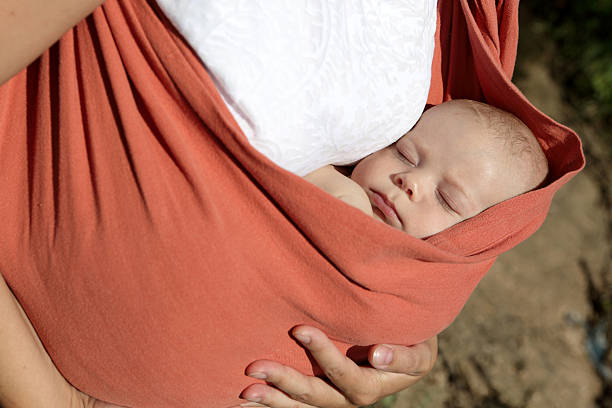
For younger babies, the cradle position is a popular option. In this position, the baby is held in a semi-reclined position, with their head and neck supported by the carrier. The baby’s legs are tucked up under their bottom, and their weight is distributed evenly across their neck muscles back.
In conclusion, proper positioning of babies in carriers is essential to ensure their comfort and safety. By following the guidelines outlined above, parents can ensure that their baby wearing them is positioned correctly and can enjoy the benefits of babywearing without any discomfort or risk of injury.
Impact of Baby Carriers on Infant Health
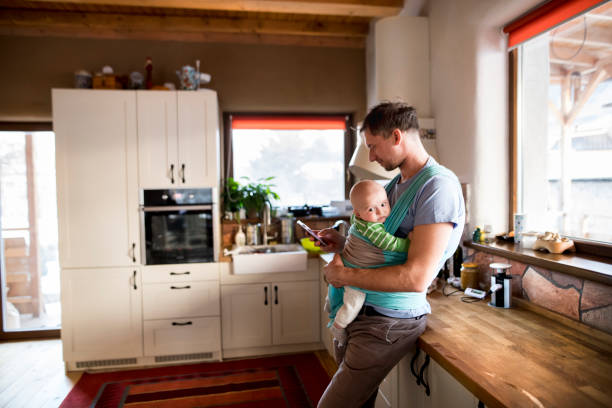
Baby carriers can be a convenient feel safe and comfortable way to carry a baby while keeping your hands free. However, there are some potential health impacts and developmental risks to consider when using a baby carrier.
Hip Health
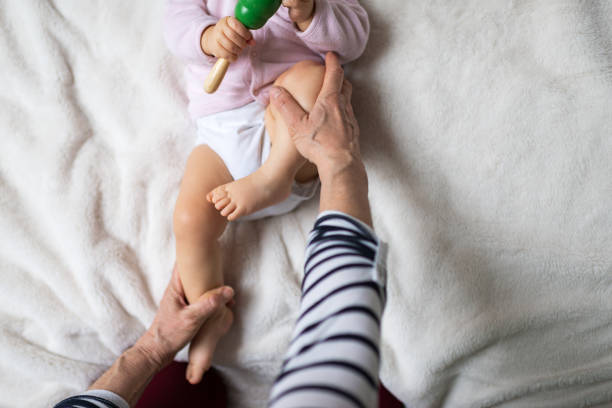
One important consideration when using a baby carrier is ensuring that your baby’s hips are properly positioned. According to the Raising Children Network, healthy hip positioning is important for your baby’s hip development and can help prevent hip dysplasia. When using a carrier, make sure that your baby’s legs are spread apart and their knees are higher than their bottom. This helps to create a “M” shape with their legs, which is a healthy position for their hips.
Airways

Another important consideration is ensuring that your baby’s airways are clear and unobstructed. As noted by Proud Happy Mama, it is important to ensure that the fabric of baby sling or the carrier does not cover your baby’s face, as this can lead to suffocation. This is known as positional asphyxiation, and it can occur when babies are in a position that restricts their breathing.
Baby Carrier Use for Different Ages
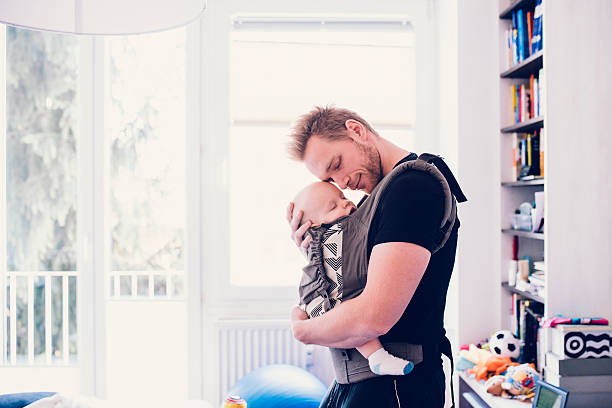
When it comes to carrying a baby in a carrier, the age of the baby plays a crucial role how long can you carry a baby in a carrier, determining the duration of the baby safe carrier use. Here are some guidelines for baby carrier use for different ages:
Newborns

Newborns can be carried in a carrier as soon as several hours after they are born, in early months, as long as they meet the minimum weight requirement of the carrier. However, it is recommended many parents to wait until the baby is at least a week old before using a carrier. This is because newborns need time to adjust to the world outside the womb and may need more support for their head and neck.
When carrying a newborn in a carrier, it is important to choose a carrier that provides enough support for their head and neck. The baby should be positioned in an upright position with their face visible and close enough to kiss. It is also recommended to limit the duration of carrier use to 30 minutes to an hour at a time.
Young Infants

Young infants, most babies between the ages of 1 to 4 months, can be carried in a carrier for longer periods than newborns. However, it is still important to choose a carrier that provides enough support for their head and neck. The baby should be positioned in an upright position with their face visible and close enough to kiss.
It is recommended to limit the duration of carrier use to 1 to 2 hours at a time. It is also important to take breaks in between long periods of carrier use to allow the baby to stretch and move around.
Toddlers

Toddlers, between the ages of the first few months and 12 to 36 months, can be carried in a carrier for longer periods than newborns and young infants. However, it is important to choose a carrier that can support the weight of the toddler and provide the child with enough support for their back.
It is recommended to limit the duration of carrier use to 2 to 3 hours at a time. It is also important to take breaks in between carrier use to allow the toddler to stretch and move around.
Weight Requirements for Baby Carriers

When it comes to baby carriers, weight requirements are an important consideration. The majority of carriers can hold newborns who weigh at least 8 pounds. However, it’s crucial to keep the infant facing you initially because tiny babies lack the head control necessary to face outward safely.
As babies grow, they can be carried in different positions that require different weight requirements. For example, a front-facing carrier may require low birth weight or a higher weight limit than a hip carrier with low birth weight. It’s important to check the manufacturer’s recommendations for weight limits before purchasing a carrier.
Parents should also consider their own strength when choosing a carrier. Some carriers distribute the baby’s weight more evenly, which can be helpful for parents with weaker backs or who plan to carry their baby for longer periods.
It’s important to note that carrying a baby in a carrier for extended or long periods, can be tiring for the baby spends the parent, and it’s recommended that babies not spend more than 2 hours in a carrier at a time. However, this can vary depending on the situation, the carrier used, and the baby’s age and strength.
Overall, parents should choose a carrier that is comfortable for both themselves and their baby, and a baby sling that meets the weight requirements for their baby’s age and size.
Environmental Considerations for Baby Carriers
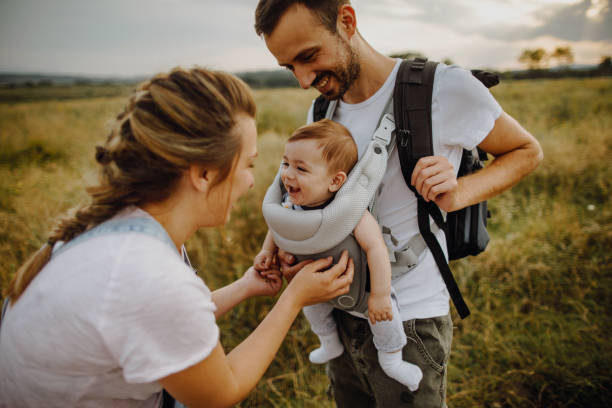
When using a baby carrier, it’s important to consider the environment and weather conditions to ensure the comfort and safety of both the caregiver and the baby. Here are some environmental factors to consider when using a baby carrier:
Temperature
The temperature can affect both the caregiver and the baby when using a baby carrier. In hot weather, it’s important to choose a carrier made of breathable fabric to prevent the baby spends overheating. The caregiver should also dress appropriately for the weather to avoid discomfort and heat exhaustion. On the other hand, in cold weather, it’s important to dress the baby in layers and cover their head to prevent heat loss.
Weather
Weather conditions such as rain, snow, and wind can also affect the comfort and safety of the baby when using a carrier. It’s important to choose a carrier that protects the baby from the elements and keeps them dry. In windy conditions, a carrier with a hood can help protect the baby’s head, body, and face from windburn.
Also Read:
Environment
The environment can also affect the comfort and safety of the baby when using a carrier. For example, if the caregiver is walking on uneven terrain, it’s important to choose a carrier with good support to prevent the baby’s signals from bouncing around and getting jostled. In crowded areas, it’s important to be aware of the baby’s position in the carrier to avoid bumping into people or objects.
Overall, it’s important to consider the environment and weather conditions when using a baby carrier to ensure the comfort and safety of both the caregiver and the baby. By choosing the right carrier and dressing young babies appropriately for the weather, caregivers can enjoy the benefits of babywearing without compromising their comfort or safety.
Benefits of Babywearing
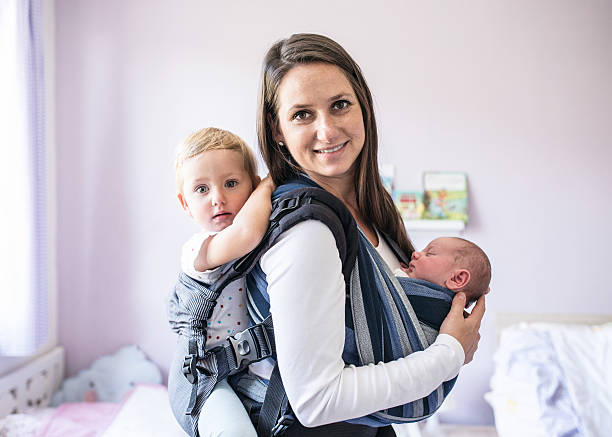
Babywearing has been practiced for centuries in various cultures around the world. It involves carrying a baby in a special carrier that is designed to provide a secure and comfortable environment for the baby. Here are some of the benefits of babywearing:
Bonding

One of the most significant benefits of babywearing is the bond that it fosters between the caregiver and the baby. When a baby is carried close to the caregiver’s body, they can hear the caregiver’s heartbeat, feel their warmth, and smell their scent. This closeness helps to strengthen the bond between the caregiver and the baby.
Reduce Crying
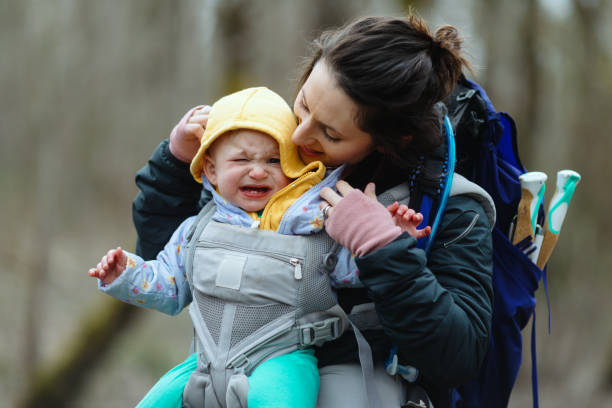
Research has shown that babies who are carried in a carrier cry less than those who are not. This is because being close to the caregiver provides a sense of security and comfort for the baby. The caregiver can also respond more quickly to the baby’s needs when they are carried in a carrier, which can help to prevent crying.
Breastfeeding
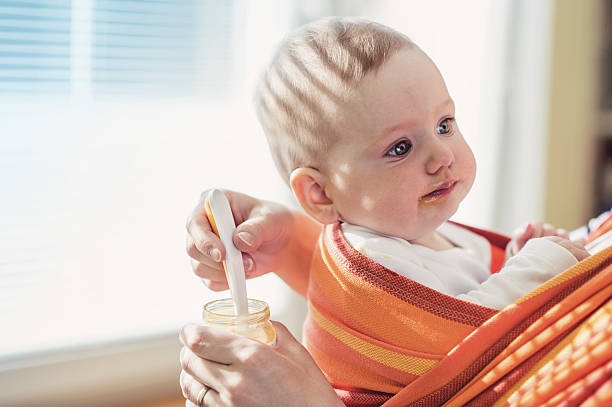
Babywearing can also make breastfeeding easier and more convenient. Many carriers are designed to allow for discreet breastfeeding while the baby is in the carrier. This means that the caregiver can breastfeed the baby while on the go, without having to stop and find a private place to nurse.
Hands-Free

Another benefit of babywearing is practical way that it allows the caregiver to carry baby to have their hands free. This can be especially helpful for caregivers who need to do other tasks while caring for the baby. For example, a caregiver can wear their baby while doing household chores, going for a walk, or shopping.
In conclusion, babywearing has many benefits for both the caregiver and the baby. It can help to strengthen the bond between the caregiver and the baby, reduce crying, enhance baby naps, make breastfeeding easier, and allow the caregiver to have their hands free.
Conclusion
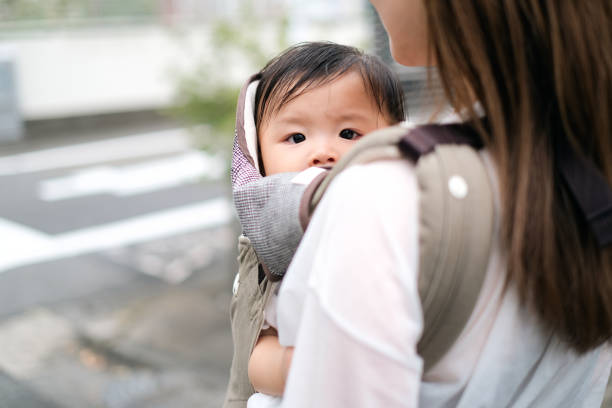
In conclusion, carrying a baby in a carrier can be a wonderful experience for both the baby and the caregiver. It fosters a close bond between the two and can help soothe a fussy baby. However, it is important to keep in mind the safety and comfort of the baby while using a carrier.
As a general rule, a baby should not spend more than 2 hours in a carrier. The exact time limit will depend on various factors such as the situation, the carrier used, the baby’s age, and the caregiver’s strength. It is crucial to monitor the baby’s position and ensure that the carrier provides proper support to the baby’s head, neck, hips, and bottom.
Younger babies, typically those under four to six months old, should only be carried in inward-facing positions that provide proper support to their developing joints. As the baby grows older, they can be carried in outward-facing positions for short periods of time. Caregivers should always be aware of the baby or child’s comfort and adjust carry positions in the carrier as needed.
Overall, carrying a baby in a carrier can be a great way to bond with the baby while keeping hands free. However, it is important to always prioritize the safety and comfort of the baby while using a carrier.


 PARENTING TIPS
PARENTING TIPS







 PREGNANCY
PREGNANCY








 BABY CARE
BABY CARE








 TODDLERS
TODDLERS








 TEENS
TEENS








 HEALTH CARE
HEALTH CARE






 ACTIVITIES & CRAFTS
ACTIVITIES & CRAFTS








 CONTACT
CONTACT ABOUT
ABOUT











